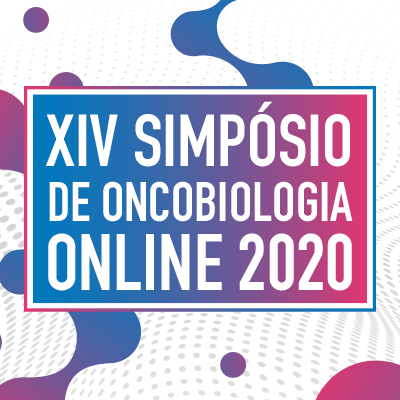Proceedings of Oncobiology Symposiums
Proceedings of XIV Oncobiology Symposium
DEVELOPMENT OF CAR-T CELL THERAPY FOR B-ALL USING A POINT-OF-CARE APPROACH
How to cite this paper?
To cite this paper use one of the standards below:
How to cite this paper?
- Presentation type: DR - Doctoral Student
- Track: Molecular Biology
- Keywords: CAR-T cells; point-of-care; Sleeping Beauty; Immunotherapy;
Authors:
- 1 INSTITUTO NACIONAL DE CÂNCER (INCA)
- 2 Fundação Oswaldo Cruz (FIOCRUZ)
Please log in to watch the video
Log in- Presentation type: DR - Doctoral Student
- Track: Molecular Biology
- Keywords: CAR-T cells; point-of-care; Sleeping Beauty; Immunotherapy;
Authors:
- 1 INSTITUTO NACIONAL DE CÂNCER (INCA)
- 2 Fundação Oswaldo Cruz (FIOCRUZ)
INTRODUCTION AND OBJECTIVE: CD19-targeted CAR-T cell immunotherapy is now an approved treatment for B cell leukemias and lymphomas. Current protocols for producing CAR-T cells use viral vectors for genetic modification and take 12-15 days to expand sufficient numbers of T cells, constituting an important bottleneck for the widespread use of this therapy. The development of non-viral, plasmid-based systems like Sleeping Beauty (SB) transposons, coupled with the emergence of large scale, closed electroporation devices, present the opportunity of generating high numbers of CAR-T cells in a short period of time and transforming this in a point-of-care (POC) therapy.
MATERIAL AND METHOD: In this work, mononuclear cells were isolated using Ficoll and electroporated using Nucleofector IIb electroporator combined with plasmids encoding 19BBz CAR (pT3 SB transposon backbone) and SB100x transposase. Cells were rested for 24h and used for in vitro and in vivo experiments. The phenotype was assessed by flow cytometry. The in vitro cytotoxicity assay was performed using Calcein-AM dye on target cells incubated with different ratios of effector cells. 8-12-week-old-female-NSG were injected iv. 5x10e6 RS4;11 GFP or 10e5 Nalm-6 GFP and after 3 days were treated with different doses of recently electroporated CAR-T cells.
RESULTS AND CONCLUSION: CAR expression on day 1 following electroporation ranged between 5-15% and in vitro cytotoxic activity against RS4;11 or Nalm-6 CD19+ B cell precursor leukemia lines was low or absent. NSG mice engrafted with RS4;11 and treated with 1x105 19BBz+ cells showed improved survival when compared to mice treated with mock electroporated cells. POC approach was also efficient against Nalm-6, where 19BBz+CAR-T cells (7x10e5 per mice) improved the survival of mice. In both models, decreased tumor burden in blood and spleen was observed in mice treated with 19BBz. Head to head comparison of 19BBz cells used in POC approach or expanded for 8-12 days in vitro showed similar antitumor activity in vivo against RS4;11 cells, leading to equivalent improvements in mice survival. In summary, we show that the POC strategy is a viable approach for the use of CAR-T cells, obviating the need for T cell expansion while having the potential to greatly decrease the total cost and time of CAR-T cell therapy manufacturing.
Outros cânceres, toxicidades e dificuldades para uso humano
João Marcos de Azevedo Delou
Olá Luiza,
Parabéns pelo trabalho de excelente qualidade.
Vocês testaram esta metodologia em outros modelos de canceres sólidos ou hematopoéticos?
Vocês observaram alguma toxicidade induzida pelo tratamento?
Como você avalia o grau de dificuldade e quais os principais entraves a transposição do uso desta metodologia de CAR-T com plasmídeos e SB com abordagem POC para pacientes humanos na realidade brasileira, por exemplo na pesquisa clínica do INCA, e, futuramente, no serviço clínico?
Obrigado
- 1 answer
Streamline your Scholarly Event
With nearly 200,000 papers published, Galoá empowers scholars to share and discover cutting-edge research through our streamlined and accessible academic publishing platform.
Learn more about our products:
How to cite this proceedings?
This proceedings is identified by a DOI , for use in citations or bibliographic references. Attention: this is not a DOI for the paper and as such cannot be used in Lattes to identify a particular work.
Check the link "How to cite" in the paper's page, to see how to properly cite the paper


Luiza Abdo